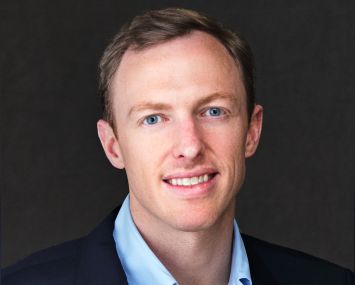The Numbers Behind South Florida’s Multifamily Boom
By Calum Weaver and Chris Owen March 15, 2022 3:07 pm
reprints
With investors and renters continuing to flock to South Florida, the region has proven itself to be a promising real estate market and the multifamily sector has been strong. There were 603 multifamily properties sold in South Florida during 2021, totaling $11.4 billion. This is more than double the previous $5.5 billion annual sales record set in 2016. Not to mention, all three South Florida counties experienced record average per-unit sales last year: Miami-Dade came in at $278,432, Broward showed strong performance with $281,163, and Palm Beach topped the others with $292,221. Most of these sales involved out-of-state private capital investors, eager to get into the growing South Florida commercial real estate market.
Because multifamily has performed so well in South Florida, it’s not surprising that rent rates have also gone up. Last year, effective rents increased by 19.7 percent in Miami-Dade, 23.3 percent in Broward and 32.1 percent in Palm Beach. Average rent rates were $1,997 per month in Miami-Dade, $2,073 per month in Broward and $2,280 per month in Palm Beach. Factors contributing to the strong rental demand include population growth, a surge in single-family housing pricing, the snapback in rent growth from a static 2020, and a net absorption of almost 20,000.
We have also seen the value-add upside deals becoming more commonplace once again and savvy investors are finding South Florida an attractive area for their future investment opportunities. Rental demand is also growing due to the business-friendly nature of South Florida and the ability of employees to work remotely with many choosing South Florida as their new home. Over the next five years, it is projected that 14,800 new renters will enter the South Florida market each year, according to Cushman & Wakefield’s multifamily forecast for 2022. This is based on historic homeownership rates where 60 percent of individuals enter into homeownership and 40 percent choose to rent, though that is subject to change.
The demand for multifamily properties and rising rental rates has caused vacancy to go down and absorption to skyrocket. In 2021, the vacancy rate in Miami-Dade went down from 6.7 percent to 3.2 percent; 7.4 percent to 3.2 percent in Broward; and 7.9 percent to 4.1 percent in Palm Beach. This marks the first time in almost 20 years where all three counties have sub-5 percent vacancy rates. We saw a similar trend with absorption, with 19,136 net units absorbed in South Florida in 2021. Over the same period, there were only 7,362 new units delivered and added to the market. Positive net absorption fueled by strong rental demand has created limited rental supply despite new apartments being built.
The region’s population influx was the main driver behind high absorption levels in 2021. South Florida’s net absorption reached almost triple the new supply added to the market. Since 2017, the region’s population has grown by 135,130 and during the same period 34,499 new apartment units were built. This means one unit was built for every 3.9 net new people to the region. Over the next five years, South Florida is expected to see a positive net migration of 323,062 people. Using the same ratio, the region would need over 82,000 new rentals to keep pace with the population growth for the next five years.
Looking ahead to what’s in store for 2022, it’s expected that out-of-state private capital investors will continue to remain most active in the multifamily market as they opt to add more of these properties to their portfolios instead of office or retail. Other trends that we saw in 2021 will likely continue into 2022, include new construction increasing but in-line with absorption levels, rents continuing to increase, but not at the same levels witnessed in 2021, and the migration of capital and new residents to South Florida. The market is ideally positioned for continued long-term growth and sales activity will be strong thanks to positive market fundamentals.
Chris Owen is director of Florida research at Cushman & Wakefield. Calum Weaver is an executive managing director for Cushman & Wakefield’s multifamily group in Florida.


